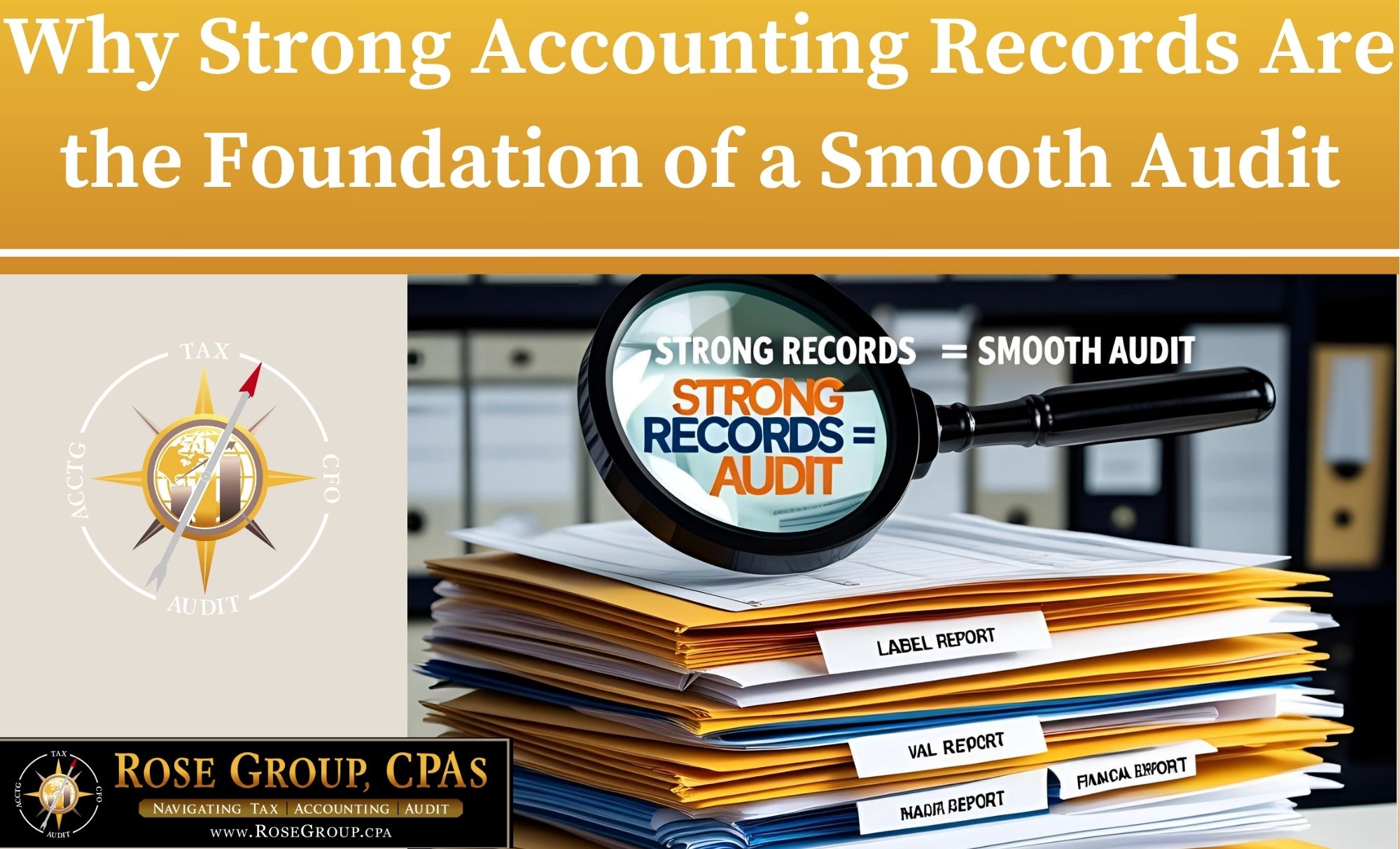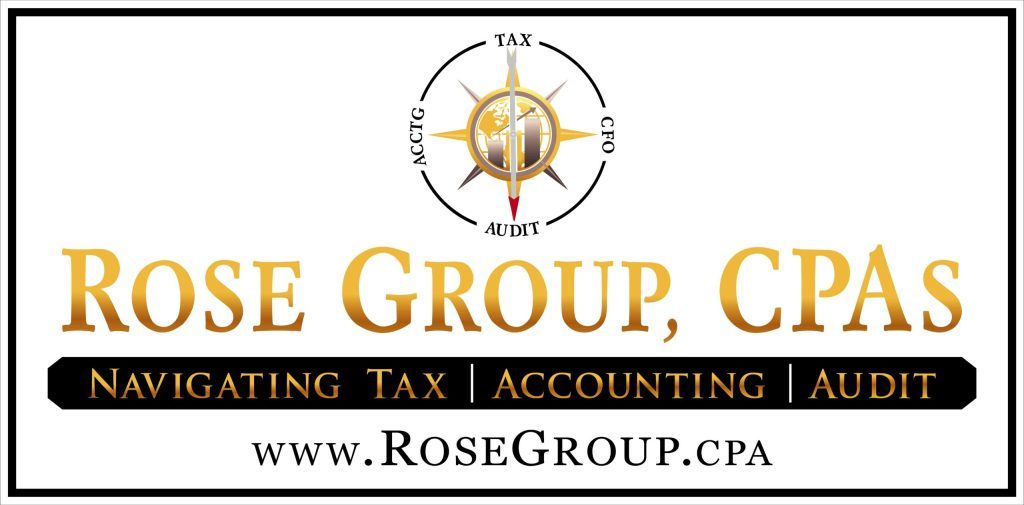If you’ve ever been through an audit, you know it’s a detailed process — your auditor’s job is to provide an independent opinion on your financial statements, confirming they accurately reflect your organization’s transactions for the period. The quality and timeliness of that opinion depend heavily on one thing: the strength and accuracy of your underlying accounting records.
Stated simply, the accounting process begins with source documents — things like invoices, contracts, receipts, and payroll reports. These are recorded in your accounting software, followed by adjusting entries and preparation of the trial balance. From there, financial statements are generated, typically after a month-end, quarter-end, or year-end close.
The accounting system is the building block of your audit. Bank statements, reconciliations, invoices, contracts, payroll reports, and other documentation are the evidence auditors use to verify balances and transactions. Strong internal controls throughout the year help ensure those records are complete and accurate, making audit preparation much easier.
The Role of Your Accounting System and Trial Balance
Your accounting system isn’t just a bookkeeping tool — it’s the backbone of your audit. The trial balance, which summarizes all account balances, is one of the first things auditors review.
One key starting point is ensuring the trial balance ties to your prior year’s audited numbers. The trial balance for the year under audit should include opening balances that match your prior year’s audited financial statements. If the opening balances don’t agree, the discrepancy must be researched and resolved before the audit can proceed.
A trial balance that doesn’t reconcile with supporting documents (such as bank statements, loan statements, inventory records, or payroll reports) will create delays, as auditors must pause to investigate discrepancies. Every figure in the trial balance should be backed by reliable source documents.
When your trial balance aligns with the underlying records, the audit process becomes much smoother — auditors can verify balances quickly and proceed with testing without repeated back-and-forth requests.
How Your Records Affect the Audit Timeline
A typical audit follows a structured timeline: planning, fieldwork, testing, and reporting. Each phase depends on the availability of complete and accurate records. When documents are missing, unclear, or delayed, testing can’t proceed. Even a few critical missing pieces — like unreconciled bank accounts or incomplete revenue records — can significantly extend the timeline.
This is because:
Auditors work from what’s provided. Without documentation, they can’t verify balances or transactions.
Testing is sequential. One unresolved area can stall the entire process.
Corrections take time. If errors are found, the client’s accounting team must fix them before testing can continue.
Common Pitfalls That Delay Audits
Avoid these frequent audit slowdowns:
- Misclassified expenses that need re-coding
- Missing or outdated fixed asset schedules
- Unreconciled bank, credit card, or loan accounts
- Grant or contract documentation that doesn’t match revenue recognition
- Payroll reports that don’t align with general ledger records
Catching and correcting these issues before the audit starts will save valuable time.
Tips for a Smooth Audit Experience
Audit readiness isn’t just about the weeks leading up to fieldwork — it’s about consistent recordkeeping all year. You can keep your audit on track (and stress levels down) by:
- Preparing in advance. Review your auditor’s document request list early and make sure everything is ready before fieldwork starts.
- Reconciling regularly. Bank, credit card, and key account reconciliations should be up-to-date before the audit begins.
- Designating a point person. Having one staff member coordinate document requests avoids confusion and delays.
- Communicating early. If something can’t be provided on time, let your auditor know right away so they can adjust the workflow.
The Bottom Line
A smooth audit isn’t just about your auditor’s efficiency — it’s a partnership. Strong, well-organized accounting records give your auditor the tools they need to do their job quickly and effectively. The result? Fewer delays, lower costs, and a timely, accurate audit report you can rely on. And beyond the audit, those same strong records help your leadership team make informed decisions, monitor financial health, and maintain compliance year-round. Contact us to discuss your audit needs.


